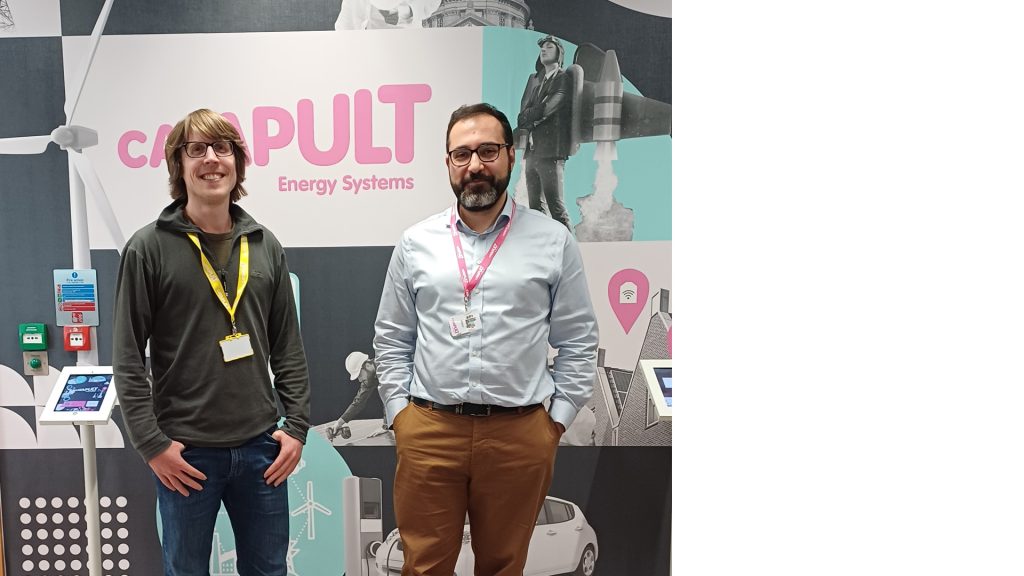Researcher in Residence: Revolutionising energy modelling

Energy systems modelling plays a crucial role in driving the transition towards sustainable energy. However, a significant challenge lies in the wide range of time scales involved, from microseconds to decades, which has led to the development of separate model families. That’s something that Edinburgh Napier University researcher Fadi Kahwash and Energy Systems Catapult are aiming to put right with a new research project.
The goal is to develop a cutting-edge, computationally efficient multi-scale energy system model capable of analysing interactions across different temporal scales. Leveraging the innovative ‘super cycling’ algorithm, originally used in heat transfer studies, this project aims to adapt the algorithm for energy systems modelling, allowing for enhanced efficiency and accuracy. This project aims to adapt the algorithm for energy systems modelling, providing an alternative for between steady-state and dynamic solvers significantly accelerates simulations, as well as maintaining good accuracy.
The novel algorithm will be applied to analyse local energy systems, particularly microgrids, from a techno-economic perspective. As part of the project, a user-friendly software for microgrid sizing will be developed and made publicly available. This software will empower prospective microgrid owners to estimate potential revenues from participating in British Balancing Mechanism and Ancillary Services markets.

Benjamin Tatlock from Energy Systems Catapult (left) and Fadi Kahwash (right)
With recent advancements by the National Grid ESO allowing small generators like microgrids to participate in these markets, there is a growing need for accessible tools to optimize microgrid sizing while considering revenue opportunities. The proposed software aims to fill this gap and facilitate informed decision-making among microgrid stakeholders.
The project’s approach is inspired by the ‘super cycling’ technique used in heat transfer studies, where alternating between dynamic and steady-state solvers significantly accelerates simulations without compromising accuracy. By adapting this technique to energy system models, the project aims to pioneer a novel approach that enhances computational efficiency while maintaining precision.
Fadi said of the project: “This project is part of the ongoing story of grid transformation. By establishing the necessary computational tools, consumers with rooftop solar, battery storage or heat pumps can estimate any potential revenues from participating in the verity of new energy trading products”.
“Such products require the software to simulate events in the micro-second timescale, such as frequency response. On the other hand, discerning feasibility of participation in markets can only be established by calculating multi-year periods. Clearly brute-force algorithms won’t work, hence our approach of applying super-cycling type algorithm to this problem holds big promise of realistic long-term simulations with an acceptable computational time”.
“The expertise of the energy systems catapult will be instrumental in facilitating such an outcome and the hope is that they are able to use it in their own projects.”



